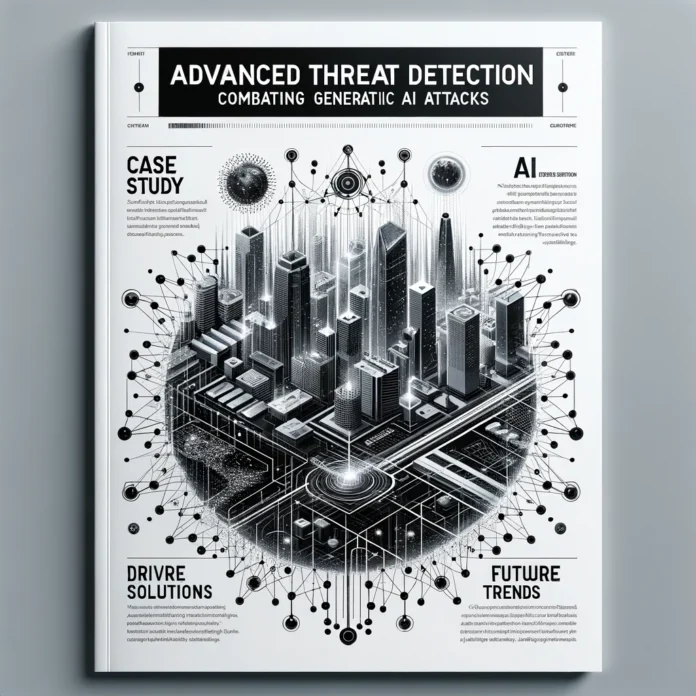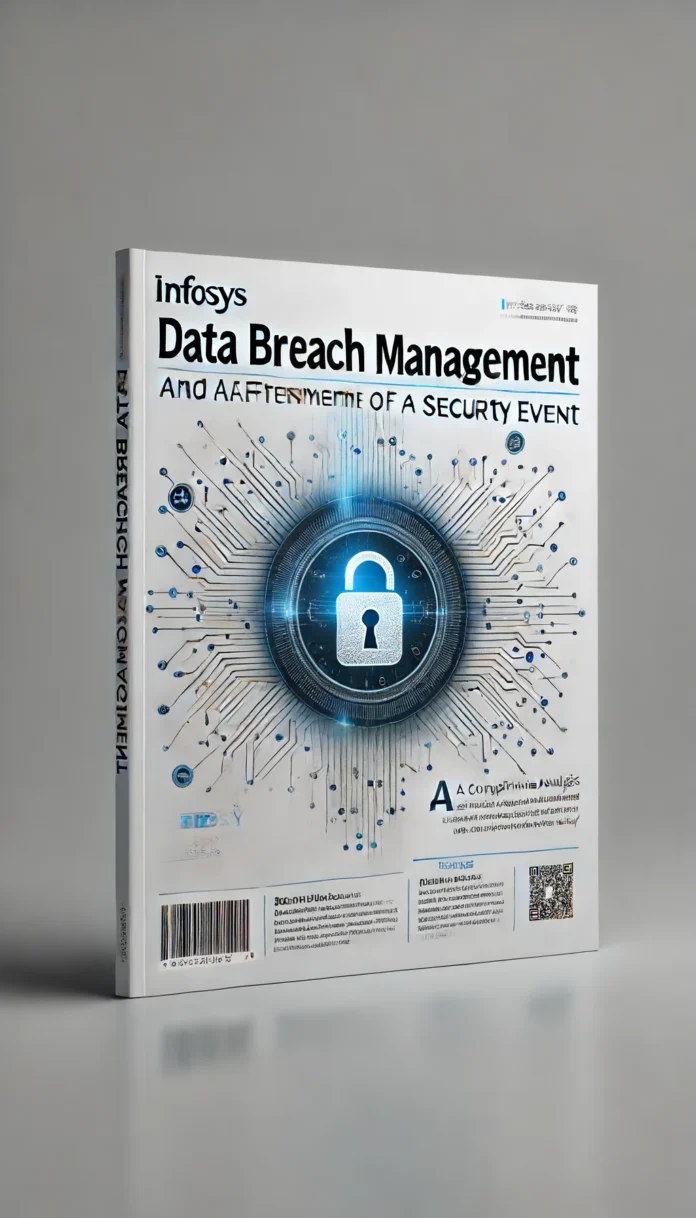In today’s fast-paced business environment, ensuring compliance in employee records management is a critical task for organizations. Compliance officers play a pivotal role in this process, ensuring that all employee records are maintained accurately, securely, and in line with legal and regulatory requirements. The use of advanced employee records management software has revolutionized this task, making it more efficient and reliable.
As a compliance officer, you are the gatekeeper of your organization’s integrity. Your primary responsibility is to safeguard employee information while ensuring adherence to a complex web of laws and regulations. This is no small feat. With increasing scrutiny from regulatory bodies and the ever-present threat of data breaches, your role has never been more important.
Leveraging my extensive experience in managing compliance for various organizations, I’ve seen firsthand the challenges and triumphs that come with implementing robust employee records management solutions. Effective software not only streamlines processes but also enhances accuracy and security, providing peace of mind for compliance officers.
In this article, we will delve into the critical aspects of employee records management and how compliance officers can ensure that their organizations adhere to all relevant legal and regulatory standards. We’ll explore the legal landscape, discuss the features of effective record-keeping systems, and share best practices to help you navigate this complex field with confidence. Whether you’re using personnel records management systems, employee information systems, or human resources record software, the principles and strategies discussed here will be invaluable.
By the end of this article, you’ll have a comprehensive understanding of how to manage employee records effectively, ensure compliance, and leverage the best tools available to support your efforts. Let’s begin this journey to mastering compliance in employee records management.
Understanding Employee Records Management
Definition and Scope
Employee records management encompasses the systematic handling of various documents and information related to employees throughout their lifecycle within an organization. This includes everything from personal details and employment history to compensation records and compliance documentation. Effective employee records management is crucial for operational efficiency and legal compliance.
Types of Employee Records
- Personal Information:
- This includes basic details such as name, address, contact information, and identification documents. Ensuring the accuracy and security of this data is paramount, as it forms the foundation of the employee’s profile within the organization.
- Employment History:
- Records related to an employee’s hiring, job roles, promotions, and performance reviews fall into this category. Accurate employment history is essential for performance evaluations, promotions, and compliance with employment laws.
- Compensation and Benefits Records:
- This includes salary details, bonuses, benefits, and any other forms of compensation. Proper management of these records is vital for payroll accuracy and compliance with labor laws.
- Training and Development Records:
- Documentation of any training sessions, certifications, and professional development activities undertaken by the employee. These records help in assessing employee growth and ensuring that mandatory training requirements are met.
- Legal Compliance Documents:
- Includes tax forms, employment contracts, non-disclosure agreements, and any other legal documents. Maintaining these records meticulously is crucial to protect the organization from legal disputes and to ensure regulatory compliance.
Using a robust employee records management solution, such as personnel records management systems or employee information systems, can significantly streamline the organization and retrieval of these records. These solutions provide centralized storage, making it easier to access and manage the data securely.
Importance of Compliance
Compliance in employee records management is not just about avoiding legal penalties. It is also about fostering a culture of trust and transparency within the organization. Employees need to know that their personal information is handled with care and respect. For compliance officers, this means ensuring that all records are up-to-date, accurate, and stored securely.
Non-compliance can lead to severe consequences, including hefty fines, legal battles, and damage to the organization’s reputation. On the other hand, a well-implemented compliance strategy using advanced employee records management software can enhance efficiency, improve data accuracy, and reduce the risk of breaches.
By understanding the various types of employee records and their importance, compliance officers can better strategize their approach to managing these records. This foundational knowledge sets the stage for exploring the legal and regulatory landscape in the next section.
Legal and Regulatory Requirements
Key Regulations and Laws
Ensuring compliance with legal and regulatory requirements is a multifaceted task that varies by jurisdiction and industry. Here are some key regulations and laws that impact employee records management:
- General Data Protection Regulation (GDPR):
- Applicable to organizations operating within the European Union (EU) or handling data of EU residents. GDPR mandates strict guidelines on data protection and privacy, requiring organizations to ensure the confidentiality, integrity, and availability of personal data.
- Health Insurance Portability and Accountability Act (HIPAA):
- Relevant for organizations in the healthcare sector, HIPAA sets the standard for protecting sensitive patient information. Compliance involves implementing physical, network, and process security measures to safeguard health information.
- Fair Labor Standards Act (FLSA):
- In the United States, the FLSA regulates minimum wage, overtime pay, recordkeeping, and child labor. Compliance officers must ensure that accurate records of hours worked and wages paid are maintained.
- Occupational Safety and Health Administration (OSHA) Regulations:
- OSHA regulations require employers to keep records of work-related injuries and illnesses. Compliance involves maintaining accurate and detailed records to ensure workplace safety and health.
- Industry-Specific Regulations:
- Depending on the industry, there may be additional regulations to consider. For example, the Sarbanes-Oxley Act (SOX) for publicly traded companies in the U.S. requires strict adherence to financial recordkeeping and reporting.
Compliance Implications
- Consequences of Non-Compliance:
- Non-compliance with these regulations can result in severe penalties, including substantial fines, legal action, and damage to the organization’s reputation. For instance, GDPR violations can lead to fines up to €20 million or 4% of annual global turnover, whichever is higher.
- Benefits of Compliance:
- Beyond avoiding penalties, compliance fosters a culture of trust and accountability within the organization. It also enhances operational efficiency by ensuring that all records are accurate, up-to-date, and easily accessible when needed.
Using sophisticated employee records management solutions, such as human resources information systems or personnel management software, can significantly aid in achieving and maintaining compliance. These solutions offer features like automated data tracking, secure storage, and real-time updates, making it easier for compliance officers to manage and audit records effectively.
Compliance with legal and regulatory requirements is not a one-time task but an ongoing process. Compliance officers must stay informed about changes in regulations and continuously update their practices and systems accordingly. In the next section, we will explore how employee records management software can assist in this endeavor.
The Role of Employee Records Management Software
Features of Effective Employee Records Management Software
Employee records management software has become an indispensable tool for compliance officers. The right software can streamline processes, ensure accuracy, and maintain security, all of which are crucial for compliance. Here are some key features to look for in effective employee records management software:
- Data Security and Encryption:
- Protecting sensitive employee information is paramount. Look for software that offers robust encryption methods for data both at rest and in transit. This ensures that personal information remains confidential and secure from unauthorized access.
- User Access Controls:
- Effective software should allow you to set granular access controls. This means that only authorized personnel can view or edit specific records. Role-based access ensures that employees only have access to the information necessary for their job functions.
- Audit Trails and Reporting:
- Compliance often requires detailed records of who accessed what information and when. Audit trails provide a log of all activities within the system, making it easier to track changes and identify potential issues. Comprehensive reporting tools also help in generating compliance reports for regulatory bodies.
- Document Storage and Retrieval:
- An efficient document management system is a core feature. It should offer easy storage, categorization, and retrieval of documents. This ensures that all records are organized and can be quickly accessed when needed for audits or compliance checks.
- Integration with Other HR Systems:
- To maximize efficiency, the software should integrate seamlessly with other HR systems, such as payroll, benefits administration, and time tracking. This integration ensures data consistency and reduces the need for duplicate entries.
Benefits of Using Software for Compliance
- Automation of Compliance Tasks:
- One of the biggest advantages of using employee records management systems is the automation of repetitive compliance tasks. Automatic reminders for document expiration, mandatory training, and policy updates help ensure that nothing falls through the cracks.
- Centralized Records Management:
- A centralized system provides a single source of truth for all employee records. This centralization simplifies the management of records and ensures consistency across the organization.
- Real-Time Updates and Notifications:
- Compliance regulations can change frequently. Software that provides real-time updates and notifications ensures that your organization stays current with the latest legal requirements. Immediate alerts for compliance issues allow for quick resolution.
- Improved Accuracy and Efficiency:
- Manual record-keeping is prone to errors. Employee records management solutions reduce these errors by automating data entry and validation processes. This improved accuracy leads to better decision-making and reduces the risk of non-compliance.
By implementing advanced software solutions such as employee information systems or personnel data management platforms, compliance officers can significantly enhance their ability to manage records effectively. These tools not only help in meeting regulatory requirements but also improve overall operational efficiency.
Best Practices for Compliance Officers
Developing and Implementing Policies
- Creating Clear Policies and Procedures:
- Establish comprehensive policies and procedures for employee records management. These should outline the types of records maintained, retention periods, access controls, and procedures for updating and disposing of records. Clear policies help ensure that all employees understand their responsibilities and the importance of compliance.
- Training Employees on Compliance Requirements:
- Regular training sessions are crucial to keep employees informed about compliance policies and procedures. Training should cover data privacy laws, the importance of accurate record-keeping, and how to use the employee records management software effectively. Continuous education helps maintain a culture of compliance within the organization.
Regular Audits and Reviews
- Conducting Periodic Audits of Employee Records:
- Regular audits are essential to ensure compliance and identify potential issues. Audits should assess the accuracy, completeness, and security of employee records. Using an HR records management system can streamline the audit process by providing easy access to audit trails and compliance reports.
- Reviewing and Updating Compliance Policies:
- Compliance regulations are dynamic, and policies must be reviewed and updated regularly to reflect any changes. Compliance officers should stay informed about new regulations and best practices, ensuring that the organization’s policies remain current and effective.
Data Security and Privacy Measures
- Implementing Robust Security Protocols:
- Data security is a top priority. Implement measures such as encryption, multi-factor authentication, and regular security assessments to protect employee information. Security protocols should be continuously updated to address emerging threats.
- Ensuring Data Privacy and Protection:
- Compliance with data privacy laws like GDPR and HIPAA is critical. Ensure that personal data is collected, processed, and stored in accordance with these regulations. Regularly review data handling practices to prevent unauthorized access and data breaches.
Documentation and Reporting
- Maintaining Thorough Documentation of Compliance Efforts:
- Document all compliance-related activities, including policy updates, training sessions, and audit results. This documentation provides a record of the organization’s efforts to comply with regulations and can be invaluable during audits or investigations.
- Preparing Reports for Regulatory Bodies and Internal Stakeholders:
- Regularly prepare and submit compliance reports to relevant regulatory bodies and internal stakeholders. These reports should detail the organization’s compliance status, any issues identified, and the steps taken to address them. Transparent reporting fosters trust and accountability.
Implementing these best practices, supported by robust employee data management tools and personnel information systems, will help compliance officers effectively manage employee records and ensure adherence to legal and regulatory requirements. These practices not only safeguard the organization against legal risks but also enhance overall operational efficiency and data integrity.
Case Studies and Real-World Examples
Case Study 1: Successful Compliance with GDPR
Overview of the Organization’s Approach: A multinational technology company faced the daunting task of ensuring compliance with the General Data Protection Regulation (GDPR). The company implemented a comprehensive employee records management software solution to centralize and secure all employee data.
Key Challenges and Solutions:
- Challenge: Managing data across multiple jurisdictions with varying data protection laws.
- Solution: The company chose a sophisticated personnel records management system with robust data protection features that could be configured to meet local legal requirements.
- Challenge: Ensuring continuous compliance with GDPR’s stringent data processing and storage requirements.
- Solution: They implemented automated compliance checks and real-time alerts for any deviations from GDPR standards.
Outcomes and Lessons Learned:
- Outcome: The organization achieved full GDPR compliance, avoiding significant fines and enhancing its reputation for data privacy.
- Lesson Learned: Investing in advanced employee data management software and regularly training staff on data protection laws were critical to maintaining compliance.
Case Study 2: Navigating HIPAA Requirements
Overview of the Organization’s Approach: A healthcare provider needed to comply with the Health Insurance Portability and Accountability Act (HIPAA) to protect patient information and ensure secure handling of employee records.
Key Challenges and Solutions:
- Challenge: Ensuring that all employee health records were stored and transmitted securely.
- Solution: The provider utilized an employee information system that featured end-to-end encryption and access control based on role-specific permissions.
- Challenge: Regularly auditing and monitoring compliance with HIPAA regulations.
- Solution: The organization implemented audit trails and comprehensive reporting tools within their employee records management software to track access and modifications to sensitive information.
Outcomes and Lessons Learned:
- Outcome: The healthcare provider maintained HIPAA compliance, thereby safeguarding sensitive health information and avoiding legal repercussions.
- Lesson Learned: Continuous monitoring and utilizing a secure and compliant personnel information system are essential for maintaining regulatory compliance in the healthcare sector.
These case studies highlight the importance of using specialized human resources record software to address compliance challenges. By learning from real-world examples, compliance officers can better understand the practical applications of these tools and strategies.
Future Trends in Employee Records Management
Technological Advancements
- AI and Machine Learning in Records Management:
- Artificial intelligence (AI) and machine learning (ML) are transforming employee records management by automating routine tasks and enhancing data accuracy. These technologies can predict compliance issues before they arise, categorize and tag records for easier retrieval, and even assist in anomaly detection to flag potential security breaches. For instance, AI-driven employee records management solutions can automatically update records, reducing the manual effort required and minimizing errors.
- Blockchain for Secure Record-Keeping:
- Blockchain technology offers a decentralized and immutable way to store employee records, ensuring data integrity and security. This technology is particularly beneficial for maintaining a transparent audit trail, which is crucial for compliance. Employee data management systems leveraging blockchain can provide a tamper-proof ledger of all records and transactions, enhancing trust and accountability.
Evolving Regulatory Landscape
- Anticipating Changes in Regulations:
- Regulatory environments are constantly evolving, with new laws and amendments regularly introduced. Compliance officers must stay ahead of these changes to ensure ongoing compliance. This involves regularly reviewing industry updates, participating in compliance training, and consulting with legal experts. Advanced personnel management software often includes features that update compliance requirements automatically, helping organizations stay current with minimal effort.
- Preparing for Future Compliance Challenges:
- As regulations become more stringent and complex, compliance officers will need to adopt more sophisticated tools and strategies. Future compliance challenges might include stricter data privacy laws, more comprehensive reporting requirements, and increased scrutiny from regulatory bodies. Preparing for these challenges involves investing in scalable employee records management systems that can adapt to new requirements and integrating these systems with broader HR and compliance frameworks.
By keeping abreast of technological advancements and anticipating regulatory changes, compliance officers can ensure their organizations remain compliant and efficient. The future of employee records management lies in the integration of cutting-edge technologies and proactive compliance strategies. As we move forward, the role of compliance officers will continue to be critical in navigating these changes and ensuring the integrity and security of employee records.
Conclusion
Recap of Key Points
Ensuring compliance in employee records management is a multifaceted responsibility that requires vigilance, strategic planning, and the right tools. Compliance officers play a crucial role in safeguarding employee information and ensuring that their organizations adhere to legal and regulatory requirements. The use of advanced employee records management software, such as employee data management systems and personnel information systems, can significantly streamline this process, enhancing accuracy, security, and efficiency.
Final Thoughts
Compliance is an ongoing journey that demands continuous learning and adaptation. By implementing best practices, leveraging advanced technologies, and staying informed about regulatory changes, compliance officers can protect their organizations from legal risks and foster a culture of trust and accountability. Investing in robust employee records management solutions will not only ensure compliance but also improve overall operational efficiency.





